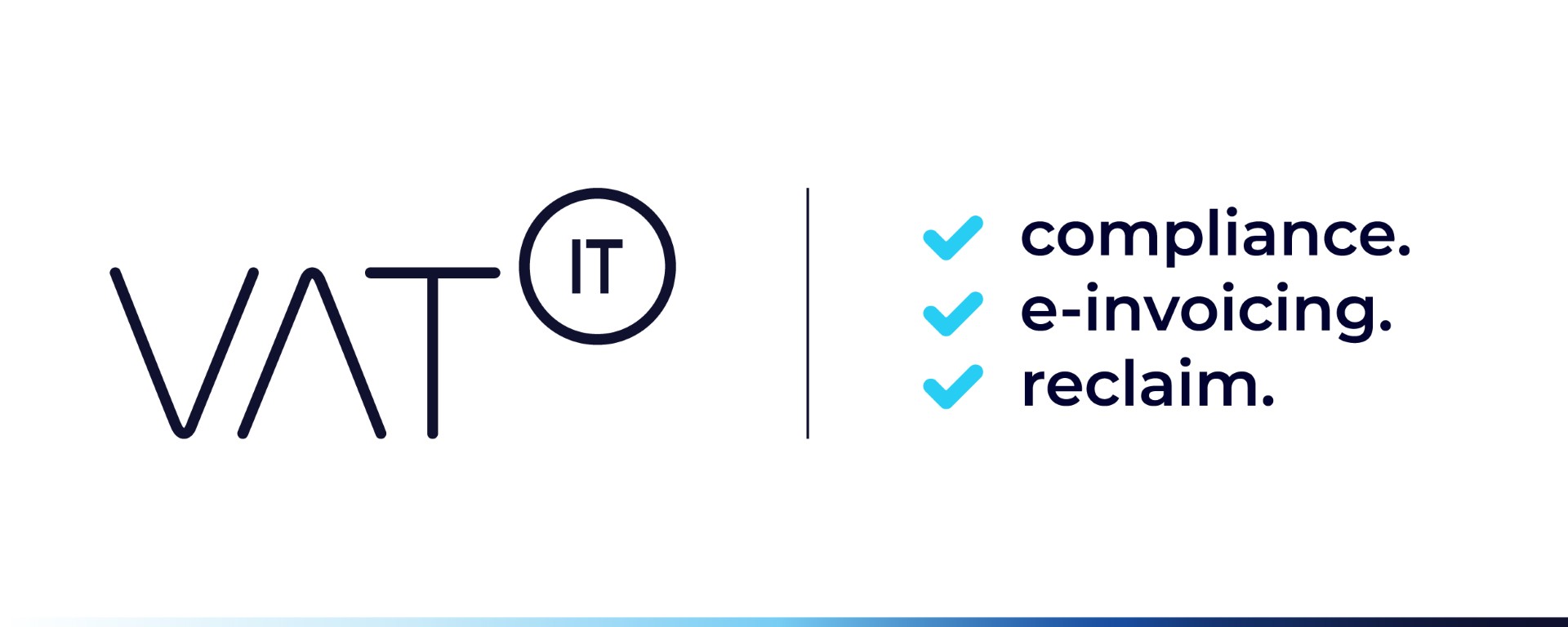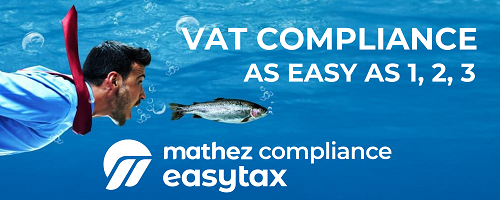Preliminary estimate of the VAT gap (tax year 2024 to 2025) – GOV.UK
- VAT Gap Size: The preliminary estimate for 2024–25 is £11.4 billion, representing 6.2% of the total theoretical VAT liability (£182.1 billion). This is higher than the 2023–24 estimate of 5% (£8.9 billion) but lower than the 2022–23 figure of 7.8% (£13.1 billion).
- Trend & Context: Despite the increase from last year, the long-term trend remains downward. Recent fluctuations reflect economic conditions and timing adjustments in VAT receipts.
- Methodology: Calculated using a top-down approach, comparing net VAT total theoretical liability (VTTL) with net VAT receipts, adjusted for timing differences. The estimate is based on ONS Consumer Trends and Blue Book data, with some components forecasted by the OBR.
Second estimate of the VAT gap (tax year 2023 to 2024) – GOV.UK
- VAT Gap Size: The second estimate for tax year 2023–24 is £9.5 billion, representing 5.4% of the total theoretical VAT liability (£177.1 billion). This is slightly higher than the preliminary estimate (5.3%) and up from 4.9% (£8.1 billion) in 2022–23, but lower than 5.9% (£8.4 billion) in 2021–22. [gov.uk]
- Revision Details: The percentage was revised upward by 0.1 points compared to the preliminary estimate, due to updated ONS Blue Book and Consumer Trends data and revised VAT receipts. The cash figure remains unchanged at £9.5 billion. [gov.uk]
- Methodology: The VAT gap is calculated using a top-down approach, comparing net VAT total theoretical liability (VTTL) with net VAT receipts, adjusted for timing differences in payments and accruals.
VAT gap – Quality Report February 2023 – GOV.UK
- Purpose & Scope: The report explains how HMRC estimates the VAT gap—the difference between theoretical VAT liability and actual receipts—using a top-down model based on ONS National Accounts and Consumer Trends data, aligned with ESA 2010 and UN SNA 2008 standards.
- Quality Assurance & Methodology: HMRC applies the UK Statistics Authority Code of Practice and robust QA processes, including risk-based planning, independent audits, and multiple reviews by analysts and stakeholders. The model uses ONS data, supplemented by forecasts from the OBR for recent periods.
- Accuracy & Reliability: The VAT gap estimate has a low uncertainty rating, with main risks linked to assumptions and ONS data revisions. No sampling errors occur within HMRC’s model, though underlying ONS survey data may contain such errors. Revisions follow a transparent annual policy, and long-term trends are considered more reliable than year-to-year changes.
Latest Posts in "United Kingdom"
- Morrisons Loses Appeal on Aluminium Foil Origin; HMRC Anti-Dumping Duty Upheld by FTT
- UK to End £135 Customs-Free Parcel Threshold, Aligning with US and EU Import Reforms
- VAT Exemption for Management Trustee Services in Residential Flats: Places for People v HMRC
- UK Ride-Hailing Firms to Charge VAT on Full Fares Starting January 2026
- HMRC Launches Import Control System 2 for Goods Moving from Great Britain to Northern Ireland














